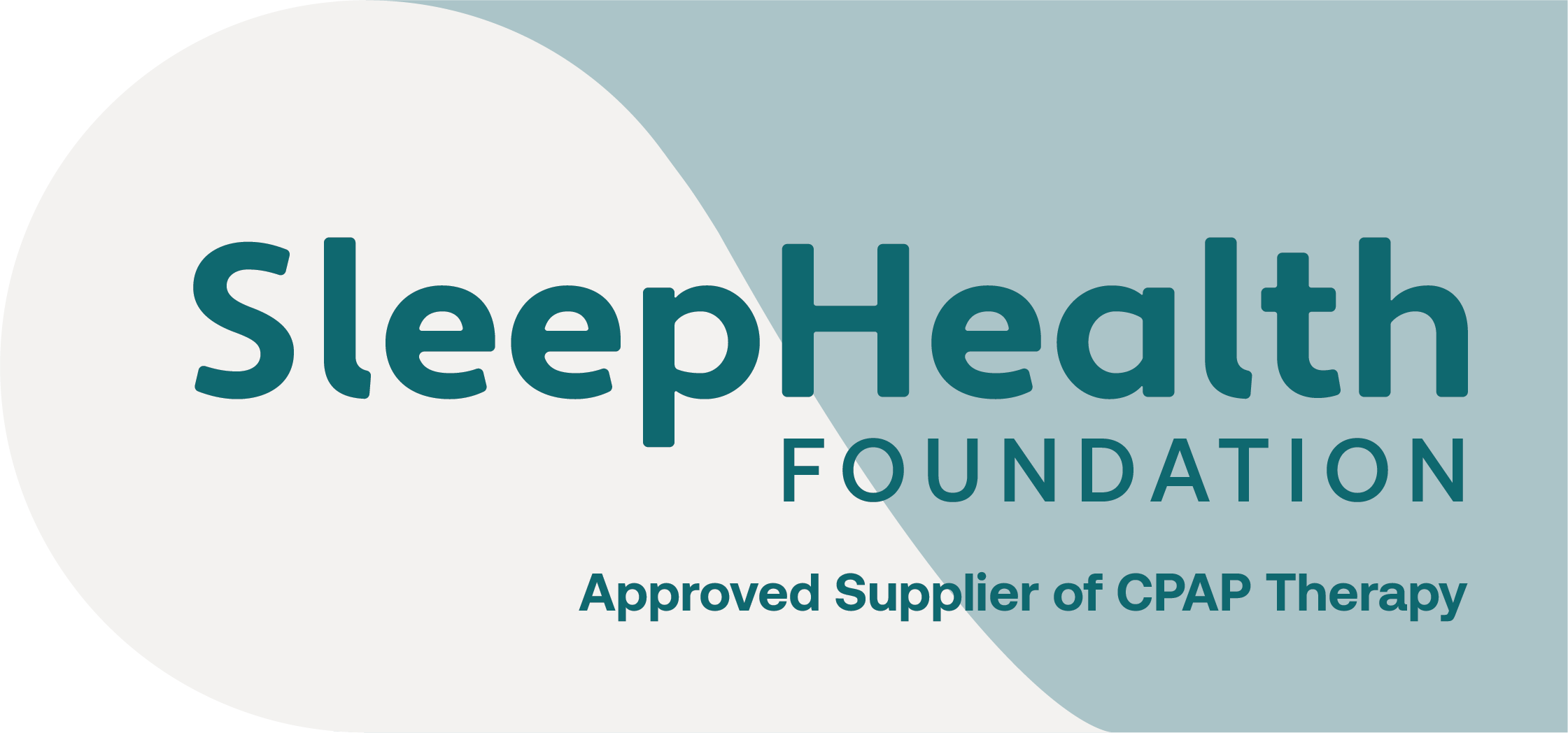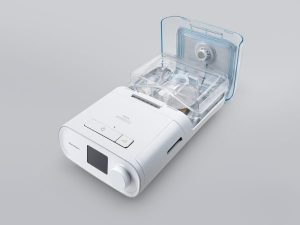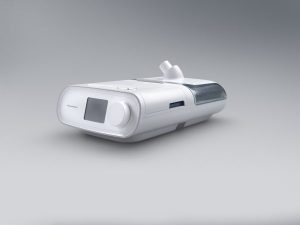



There are two different devices that can be used to treat sleep apnoea: continuous positive airway pressure (CPAP) and bilevel positive airway pressure machines. CPAP works by blowing pressurized air at a constant pressure through a patient’s airway. This helps prevent the throat from collapsing.

A CPAP machine is very simple and easy to use. It’s made up of three parts:
Such a machine can produce various benefits:
Sleep apnoea is a common sleep disorder that affects about one in every fifteen people. It arises when a person’s breathing during sleep is interrupted. It may happen once or even multiple times in one night. This condition is dangerous because it means that the brain and other parts of the body will not get enough oxygen.
Sleep apnoea comes in two forms: obstructive sleep apnoea (OSA) and central sleep apnoea, with the former being more common than the latter. OSA happens when the airway passage is blocked by collapsed soft tissue found in the back of the throat.
If left untreated for a long time, it can cause other conditions such as stroke, high blood pressure, depression, diabetes, headaches, heart failure and irregular heartbeats. Because the body is not being supplied with enough oxygen and their brain is experiencing disrupted quality sleep, a person often feels sluggish leading to poor performance in daily activities. Hence, necessitating treatment using a CPAP Machine.

A Bilevel positive airway pressure BiPAP machine is a device that is used to help people with respiratory conditions which may extend to sleep apnoea. Sleep apnoea refers to a condition whereby a person’s breathing is interrupted during the night. It may happen once or several times. It’s dangerous if not detected and treated soon enough.
BIPAP delivers pressurized air into a person’s passageway, just like a continuous positive airway pressure (CPAP) machine. The downside with a CPAP machine, as reported by patients, is that it’s often hard to exhale against pressurized air being delivered through the mask. BiPAP, on the other hand, offers two different pressures: one for inhaling and a slightly lower pressure for exhaling.
Popular CPAP brands include Resmed (Airsense 10 machine), Devilbiss Healthcare and Transcend, Philips Respironics (Dreamstation) and Fisher and Paykel Healthcare (Icon+).
Before using any mode, it’s important that you consult with a physician to determine which mode is best suited for you.
There are several situations in which a BiPAP would be used:
There are common disadvantages that BiPAP shares with CPAP and they include:
The main disadvantage of BiPAP is that it is very expensive. If you want to buy the machine, you will need to part with over $3,000. If you prefer to rent it instead, you will have to pay on average $200 per month.
You do have the option of using a refurbished BiPAP machine; although, if the device was not refurbished by its original manufacturer, it will be void of its warranty. If you choose to buy a BiPAP device from an untrustworthy source, you may only be setting yourself up for disappointment.
If you prefer buying a brand new one, the best brands are Resmed (Lumis Machines) and Philips Respironics (BiPAP Auto and BIPAP Auto SV Advanced).